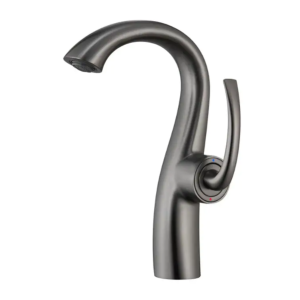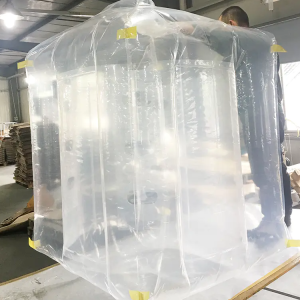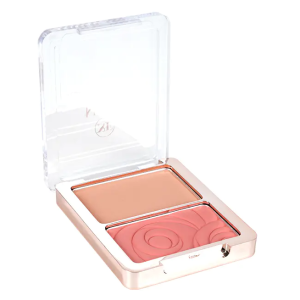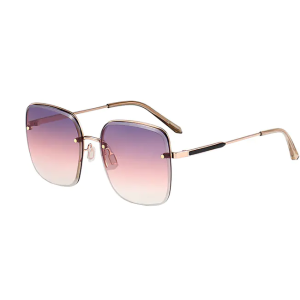The terms turn-mill and mill-turn describe hybrid machine tools, but they differ in their base design and primary function.
A turn-mill machine begins as a lathe. Its main spindle holds and rotates the workpiece, while milling functions are added through driven tools or secondary spindles. The design prioritizes turning operations but includes milling features to expand part complexity. This makes turn-mill machines well-suited for components where cylindrical features dominate, with some secondary milled details.
In contrast, a mill-turn machine starts as a milling center. Its base function is milling, and turning capability is integrated by adding a spindle that allows the workpiece to rotate. This design focuses on prismatic parts but accommodates rotational features as part of the workflow.
The distinction is subtle yet important. The choice between the two depends on the type of parts being produced and which operation—turning or milling—represents the majority of the machining. Turn-mill systems favor rotationally oriented parts, while mill-turn systems suit components with more milled surfaces.





